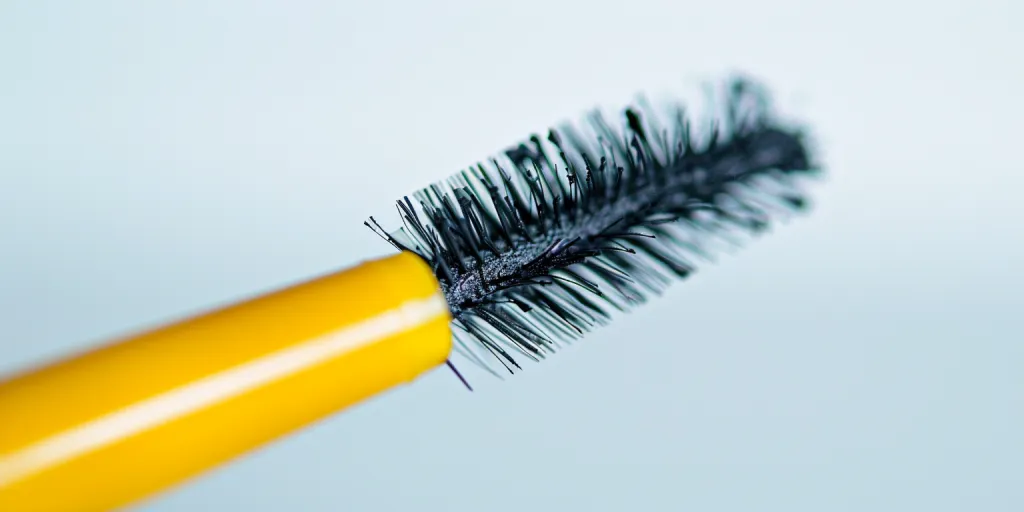Researchers are still working to develop products that are safe for sensitive skin and at the same time are high-quality and work well. For those with sensitive eyes, hypoallergenic mascara can be a wonderful solution. When new to hypoallergenic mascara, it can be nerve-racking putting something new on your eyes. This article will cover what hypoallergenic mascara is, why it is good, what ingredients are in it, how to choose the right mascara for you, how to apply it properly, and simple maintenance steps that will keep your eyes happy and your lashes looking beautiful.
Table of Contents:
– What makes mascara hypoallergenic?
– Key ingredients in hypoallergenic mascara
– Choosing the right hypoallergenic mascara for you
– Tips for applying hypoallergenic mascara
– Maintaining your hypoallergenic mascara
What makes mascara hypoallergenic?

Hypoallergenic mascara is formulated to be gentle around the eye. It’s different from regular mascara because it’s less likely to cause allergic reactions and irritation. This is because hypoallergenic mascaras are less likely to contain ingredients that upset sensitive eyes, including fragrances, parabens and certain preservatives. But understanding how hypoallergenic mascara works is important for anyone who suffers discomfort when wearing eye make-up.
The hypoallergenic mascara you buy has been chosen in such a way, and tested, and retested, and tested again, and those tests have been analysed, and then it’s changed and tested some more, so that the most useful, least irritating formulation for sensitive eyes has been arrived at. It’s appropriate. But the question remains: how does one know this? Why should I trust the name hydroxyethylcellulose over methylcellulose? Isn’t the bottom line the fact that you might not know, and therefore have absolutely no idea whether that mascara is going to melt into lumpy black tears onto your cheeks when you try to remove it, or cause the inexplicable redness that prompts other people to ask incrementally embarrassing questions (‘Are you OK?’ ‘What happened?’ ‘Is that some kind of sunburn?’ ‘Your eyes look really weird, you might want to get that looked at.’) If you have sensitive skin or eyes, then, you’re not the best person to decide what to put on the perpetually exposed parts of your body. The dedicated manufacturers of hypoallergenic mascara have got that part covered. Their job then is to pitch the gentleness-to-functionality range of their product to suit a spectrum of desired results, somewhere on which is the gentlest (which might be super-grey) and the most effective (which is probably super-black). Delicate, gentle, no smudging, suitable for contact lens-wearers, etc. Appropos.
Mascara is very important to those of us who have sensitive eyes, and a good hypoallergenic beauty product can be a real gamechanger; the peace of mind of knowing that you can wear your mascara without it causing you irritation is invaluable to someone who really needs it in the first place.’ For mascara users with irritated eyes, hypoallergenic formulas enable them to experience the beauty of longer, darker lashes without having to worry about discomfort.
Key ingredients in hypoallergenic mascara
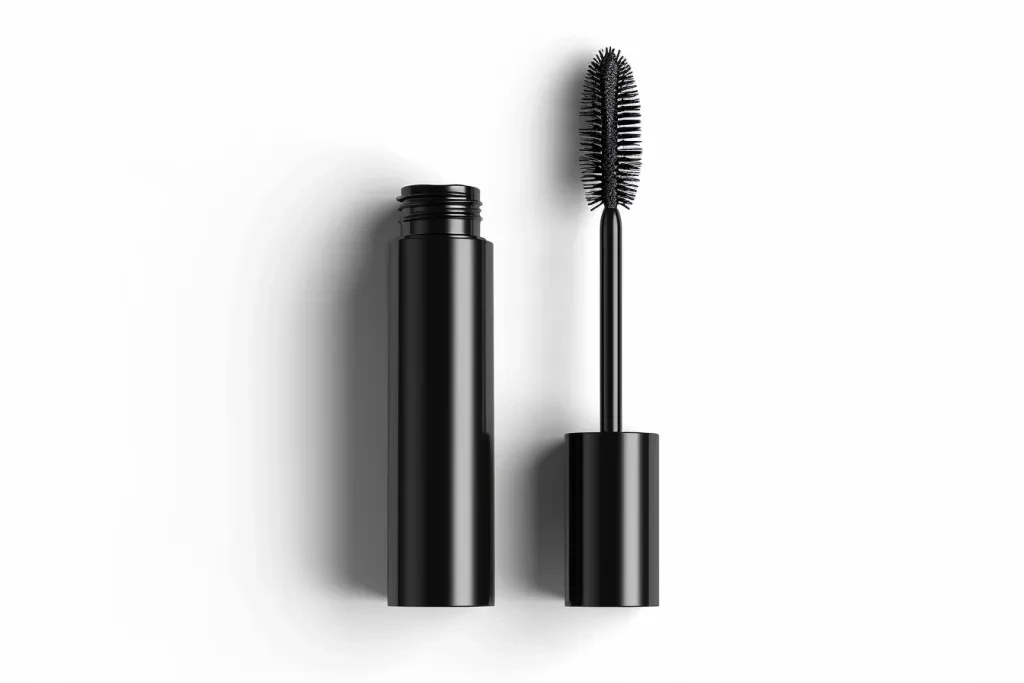
Thoughtful ingredient selection is what makes formulations like hypoallergenic mascara possible (look for natural waxes such as carnauba or beeswax in the mix). They provide an even application and won’t smudge like certain synthetic fibres, but won’t irritate the eye, either. Natural waxes are gentle and create an additional barrier of protection around those lashes to nourish them.
Natural minerals such as iron oxide and titanium dioxide are used to give hypoallergenic mascaras their colour. These minerals are less likely to cause sensitivity than synthetic dyes, providing a safer option. The minerals also added to the mascara nourish the lashes.
Vitamins and conditioning agents are also part of the hypoallergenic mascara formula. Companies will add ingredients like Vitamin E and glycerin for moisture-retention and to strengthen the lashes. A smudge-proof mascara needs to help the lashes remain in place, which is the bottom line for hypoallergenic ingredients. If the purpose of the mascara is to make one’s lashes look gorgeous, then the ingredients need to contribute to optimum lash health and avoid breakage.
Choosing the right hypoallergenic mascara for you
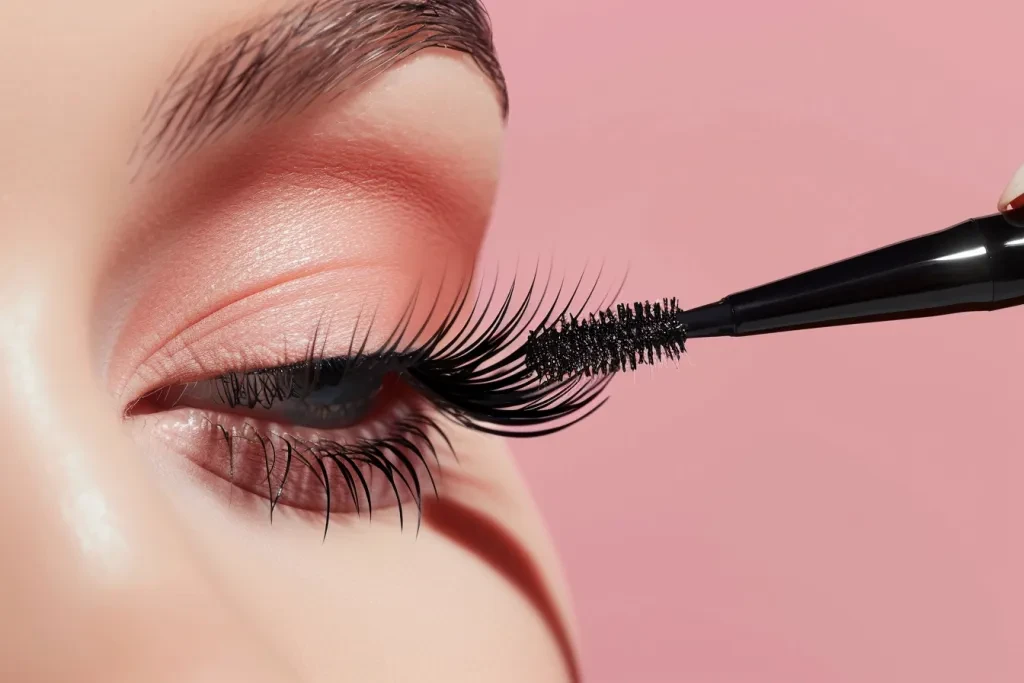
Choosing which hypoallergenic mascara to use depends on your skin sensitivities, your desired results, and your lashes. It depends on which ingredients you’re allergic to and how you want your lashes to look. Always look at the makeup label, find out what ingredients are in the mascara, and avoid the ones that have caused you to react in the past. You can also do a patch test by dabbing a small amount of the mascara on a small patch of skin, and if you react to it your allergies are preventing you from using this particular mascara.
This is as critical as the final aim – volume, length, curl, or even au natural.Along with a preference for a hypoallergenic mascara, that aim will feed into the best formula to use to create those lashes – whether you want a bold statement or a barely-there feel. However, the wand shape and type of bristles used for the brush can also impact application and therefore the look you end up with.
Knowing your lash type – are your lashes short and sparse, straight or curly? – can help you find a hypoallergenic mascara that supports and lifts your lashes according to their natural tendencies. By finding the right mascara for your lashes, you can really set yourself up for a very satisfactory and comfortable end result.
Tips for applying hypoallergenic mascara
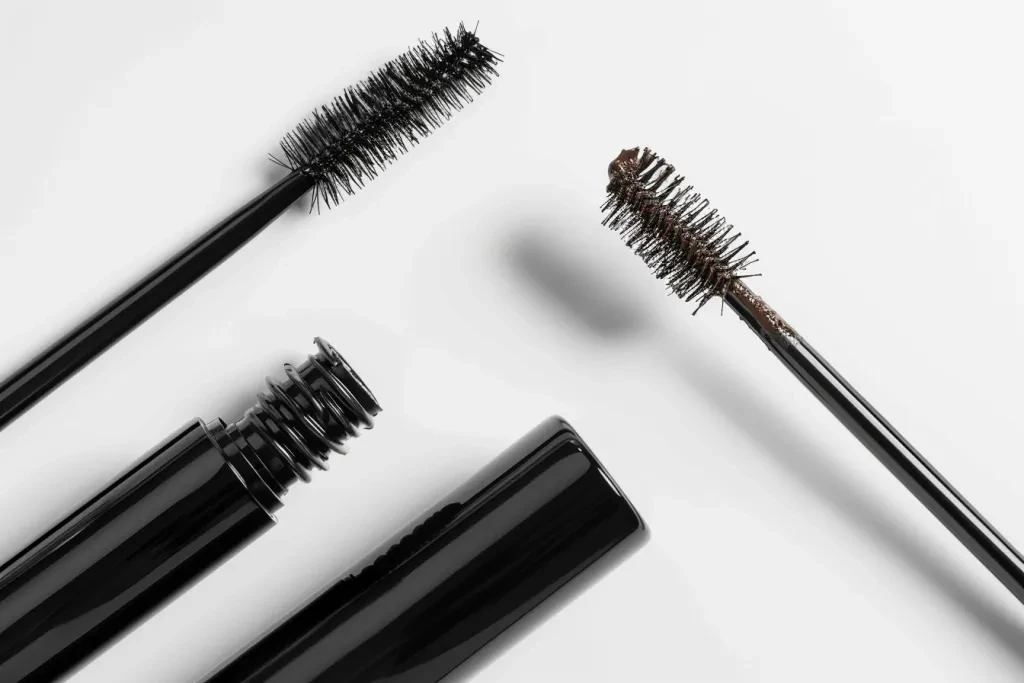
Hypoallergenic mascara has to be applied gingerly in order not to provoke a rash and also to get a smooth, clump-free finish. It’s important to wiggle the wand from the base of the lashes, moving it upwards toward the tips to evenly spread out the product and separate the lashes. It’s also important to do this to avoid clumpy layers of mascara, which can weigh down the lashes and allow them to stick together as the product dries, which feels uncomfortable and can ultimately lead to a sore eye.
If you have already quite sensitive eyes, then not going in too close to the lower lashes reduces the risk of getting mascara stuck in the eye. Another way of protecting more sensitive eyes is using a fresh disposable wand each time – so not putting bacteria that’s already in your wand into the mascara.
It is also important to remember to replace the hypoallergenic mascara when necessary, which is usually every 3 to 6 months. Because of the risk of infection to sensitive eyes, it is beneficial to the user if the container is emptied and replaced by a fresh one after an appropriate period of use.
Maintaining your hypoallergenic mascara
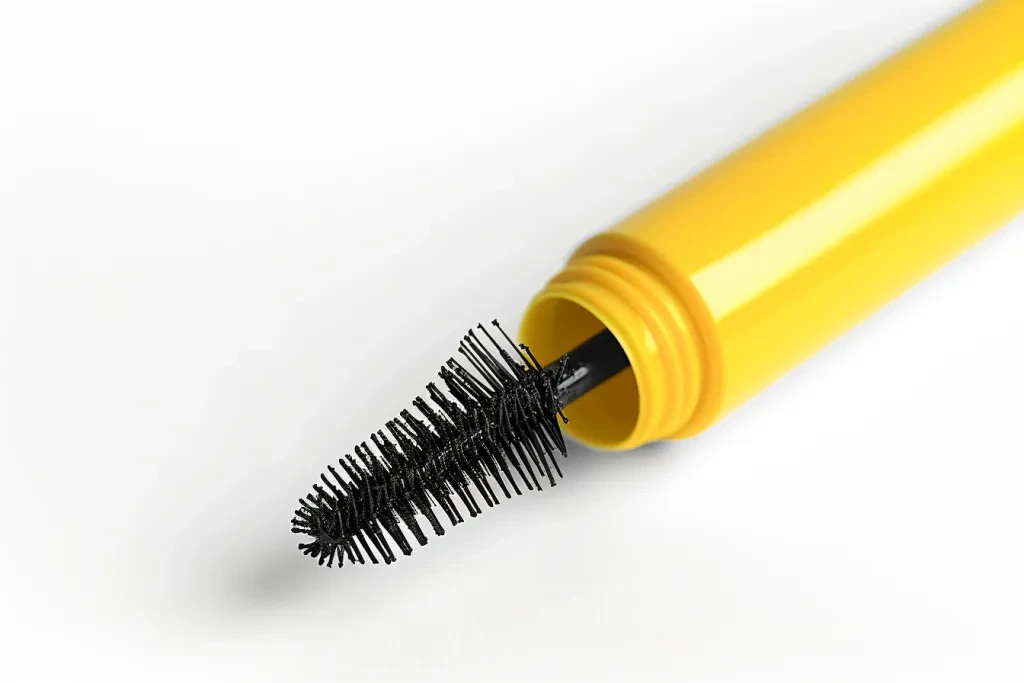
Keeping hypoallergenic mascara clean, and sealing it tightly between uses will extend the life of the product and its gentle formulation. Storing the mascara in a cool, dry location will prevent bacteria growth and ingredient breakdown, and refraining from pumping the wand up and down inside of the tube will minimise exposure to air, which can cause the mascara to dry out and introduce contaminants.
Wash the wand weekly with a warm, very mild, hypoallergenic soap and water to remove build-up and bacteria, which helps solutions stay fresher, longer. And goopier. A few simple steps go a long way to guaranteeing performance and safety.
Secondly, it is important to notice when the mascara has gone over its use by date. Sometimes, mascara smells bad, has a clumpy texture after a while, or causes irritation for your eyes. When this happens, it’s time to buy some new mascara. If you vary between different brands, you should be able to find mascara that works for you. And, finally, take care of your eyes.
Conclusion
Hypoallergenic mascara can be made, used and maintained while retaining comfort for sensitive eyes. Understanding the composition of hypoallergenic mascara, application technique and the methods in which it is maintained can provide the best and most aesthetic makeup experience for the eyes, while preventing eye irritation. Hypoallergenic mascara helps to meet beauty desires and maintain eye comfort.
